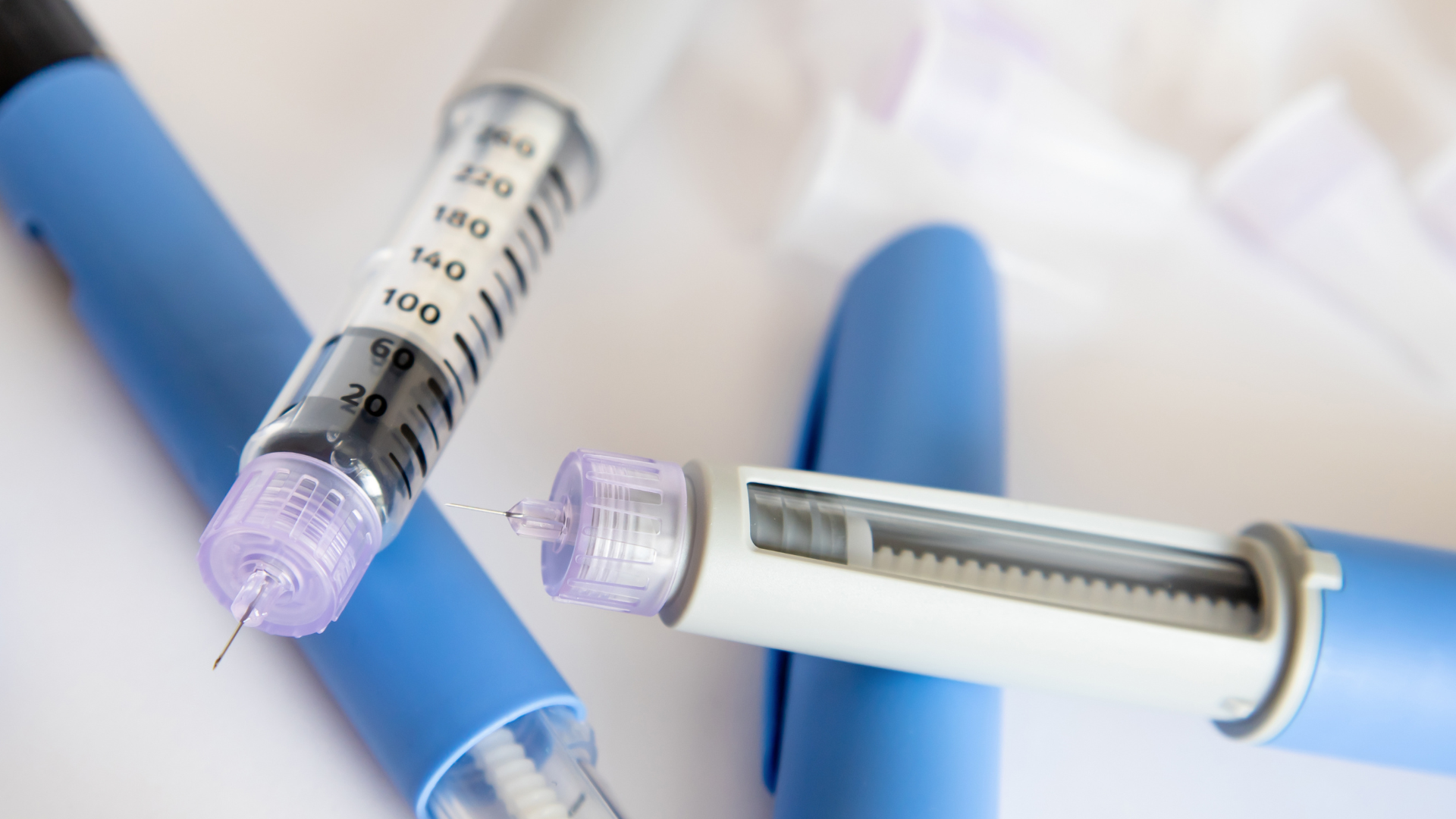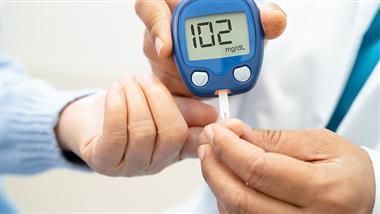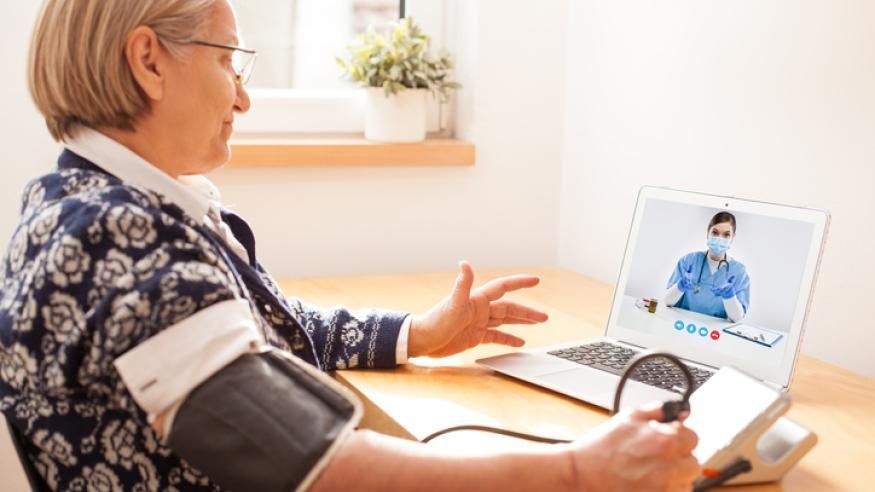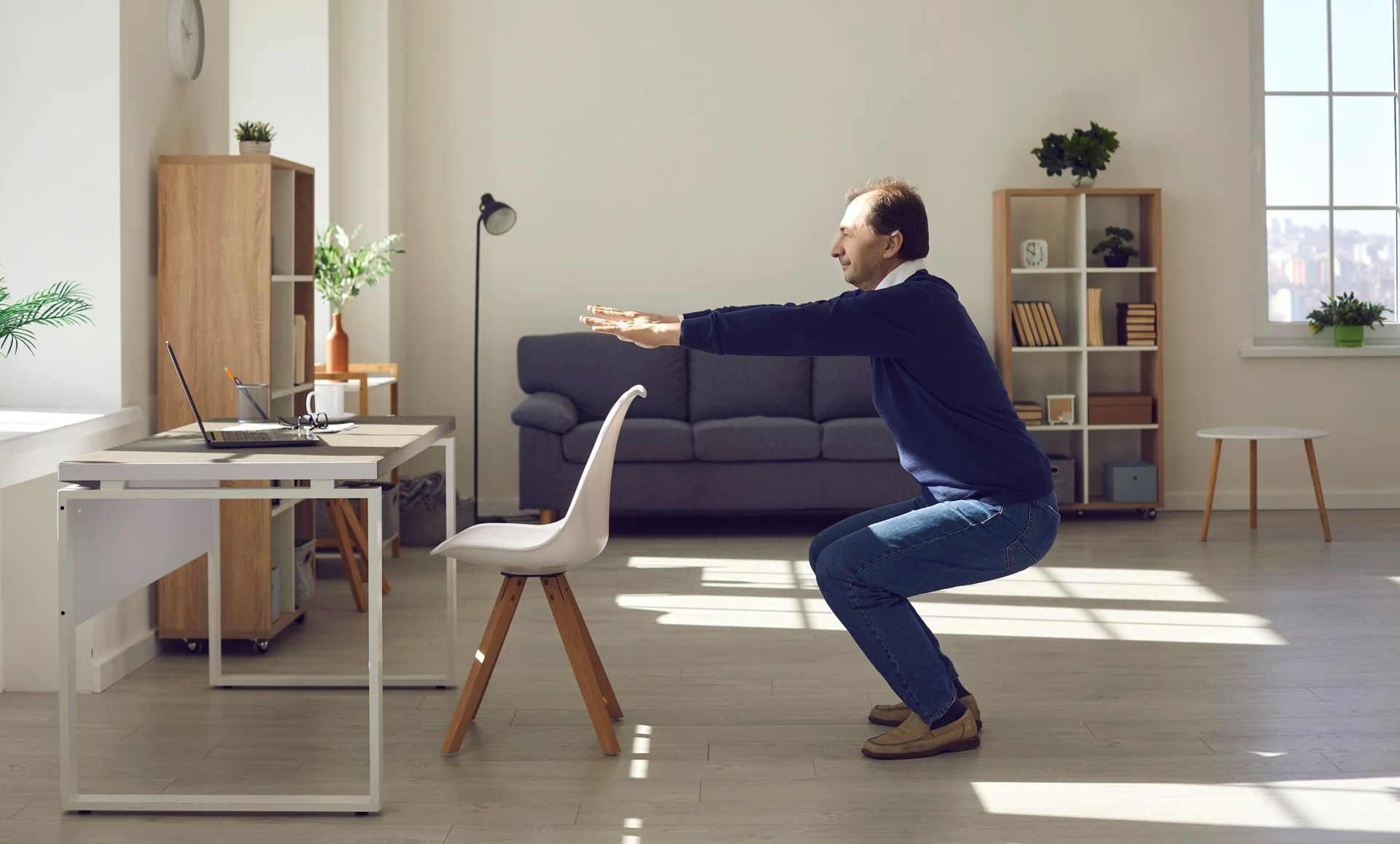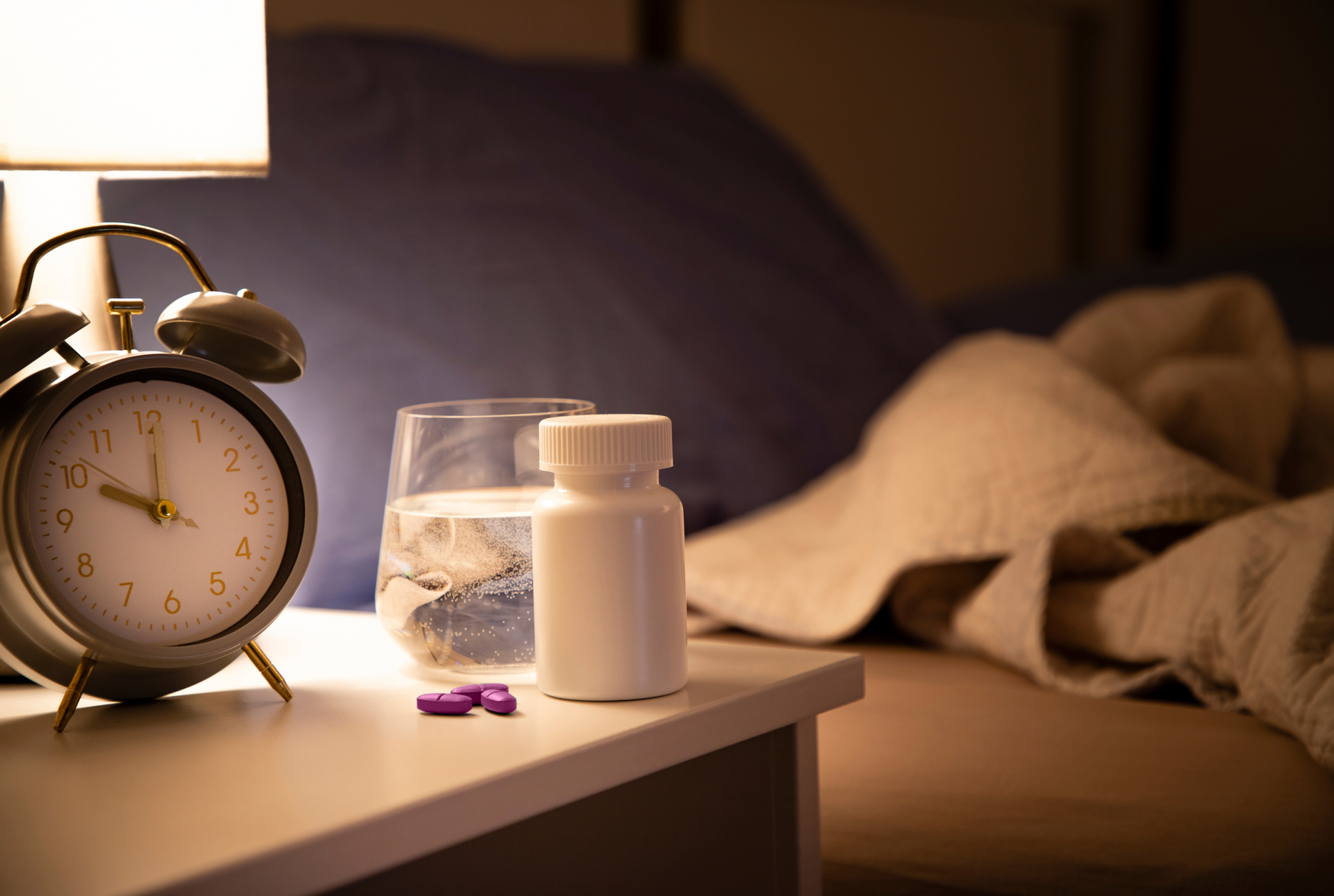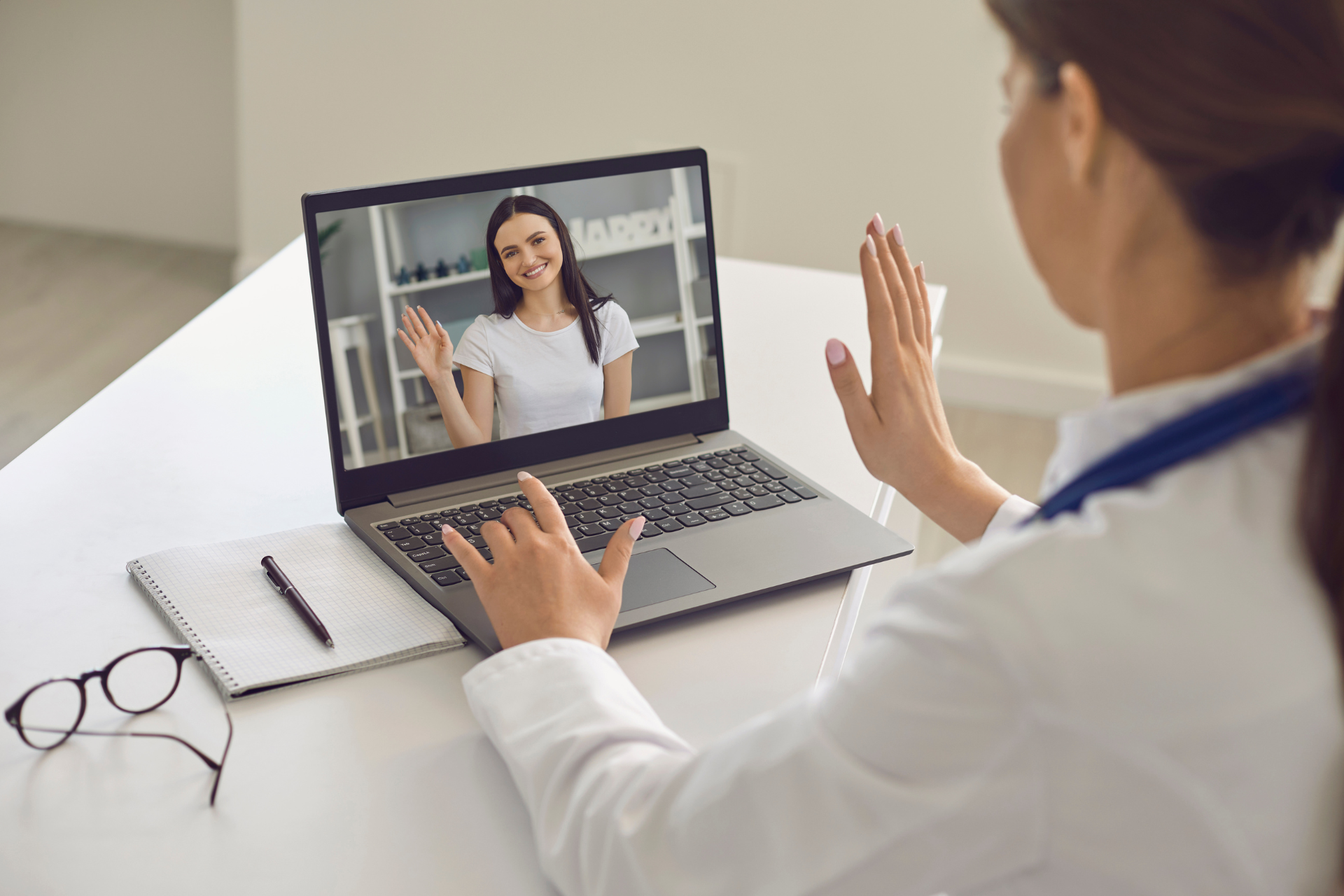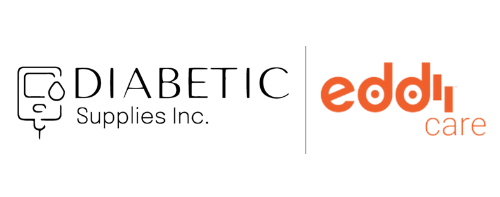How To Make Sure You Receive Critical Blood Sugar Alerts
Key takeaways
- The FDA has issued a warning to users of continuous glucose monitors after reports of missed urgent blood sugar alarms on smartphones.
- Free apps can act as a backup for CGM alerts on your phone.
- A secondary alert system, like a CGM receiver or the SugarPixel standalone display, can ensure critical alerts are noticed.
The FDA recently issued a safety notice after receiving reports from CGM users who missed critical low and high blood sugar alerts on their smartphones. Some of the causes for the missed alerts included: changes to phone settings, operating system upgrades, and using Bluetooth accessories.
The safety warning coincided with my own experience. Following an update to my smartphone, I missed two critical low blood sugar alerts during the night.
After missing those notices, I realized that I could back up my CGM alarms the same way I back up photos on my phone or laptop's hard drive. I then went about researching and testing other backup options, including these apps and devices I now use to make sure alarms are heard consistently, especially at night.
Phone a friend
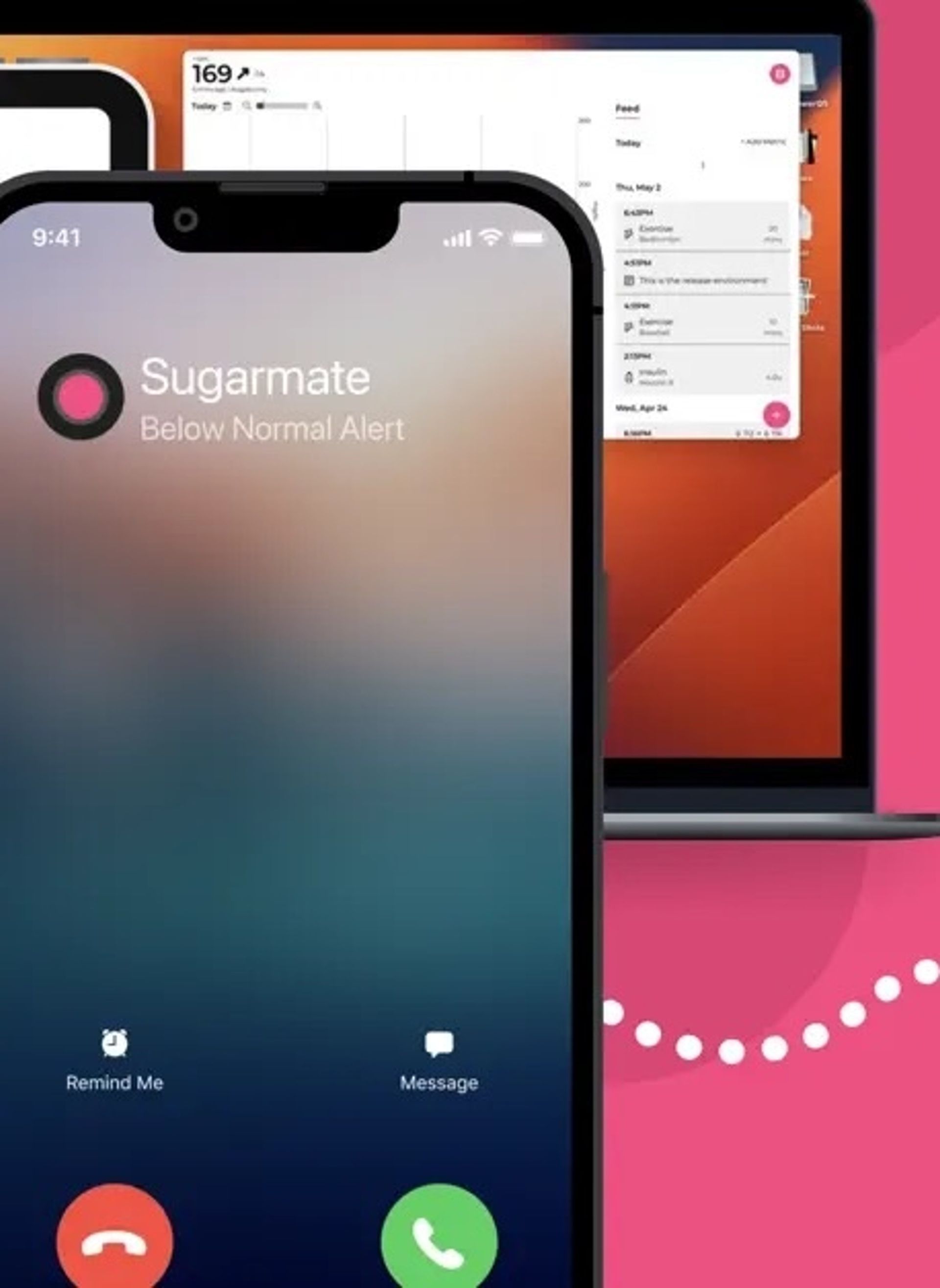
Sugarmate
The Sugarmate app is a popular way to connect and display readings from a Dexcom CGM account or the open-source software Nightscout, which connects to a wide range of CGM systems. The app can also make a phone call to a friend or family member if blood sugar is urgently low or high (note that Nightscout can also be set up to send audio blood sugar alerts or ones that change color on a web browser or watch).
The app works on Apple devices and CarPlay (you can ask Siri for your latest blood sugar reading). You can also choose to have it send a message to friends or family if your blood sugar is critically low. For Android phones and devices, you can save a web app to your home screen. Sugarmate also works on most desktop or laptop computers via web browser.
eddii
The free eddii app can make phone calls if you have an urgent high or low blood sugar reading.
For eddii or Sugarmate, it's a good idea to add the phone number in the app to your emergency contacts on iPhone and Android so that your phone will ring even if it's muted or the volume is down.
The eddii app also includes games centered around diabetes management, as well as the ability for virtual pediatric and adult endocrinology appointments via telehealth.
Optimal options for nighttime
Sweet Dreams
The Sweet Dreams app (for Apple devices) has been reliably notifying me of high and low blood sugar events, with audible alerts regardless of my phone’s volume level. The app also tells me the numeric difference of the current reading from the last one so I can quickly see if my blood sugar is rising or falling quickly.
Sweet Dreams is also a good option for Abbott Freestyle Libre users who want to see readings on their Apple Watch.
SugarPixel
As an alternative to app-based alerts, the SugarPixel device looks a bit like an alarm clock. It has a large bright display that shows your current blood sugar reading and can help users hear urgent alarms. The device's volume can only be set using a mobile app; there are no physical buttons to accidentally turn down and potentially miss an alert.
The SugarPixel comes with a vibrating "puck," which resembles a small hockey puck and can be placed under a pillow to wake those who have hearing loss or prefer vibrations to wake them up (and possibly not their partner).
CGM receiver
Some CGM devices, such as the ones from Abbott and Dexcom, come with a dedicated receiver, which can also act as a backup. The receiver and smartphones can work independently to alert you of urgent lows or highs. If you no longer have a receiver, call your insurance company to see if you can get a new one under warranty.
The bottom line
For several reasons, urgent high and low blood sugar alerts can go unnoticed on smartphones, creating a potentially dangerous situation. Missed alerts could be caused by changes to phone settings, operating system upgrades, or using Bluetooth accessories, like headphones or car stereos.
A CGM backup system can offer peace of mind in many scenarios: while sleeping, for those who live alone, for anyone traveling alone, or for parents with kids at a sleepover.
One way to back up your alerts is through free apps, which can send notices that will alarm even if a phone is on mute or the volume is turned down. Some apps can also make a phone call to friends or family, letting them know of an urgent low or high.
Other backup options include a CGM receiver, if your system offers one, or a device like the SugarPixel, which has accessibility features designed to assist those who are hard of hearing or have vision loss.
Here are some additional tips recommended by the FDA to avoid missing urgent alarms:
- Turn off automatic operating system upgrades.
- Wait to install operating system upgrades until the device manufacturer releases a compatible version of the app.
- Check alerts after connecting to accessories, such as wireless headphones or car audio systems, which may lower the alert volume or cause alerts to not work at all.
- If alerts are not being delivered as expected, contact technical support for the device.
- Report any unresolved problems with diabetes devices using the FDA's MedWatch site.
Photo (top): The SugarPixel glucose display device.
Healthy Bites



